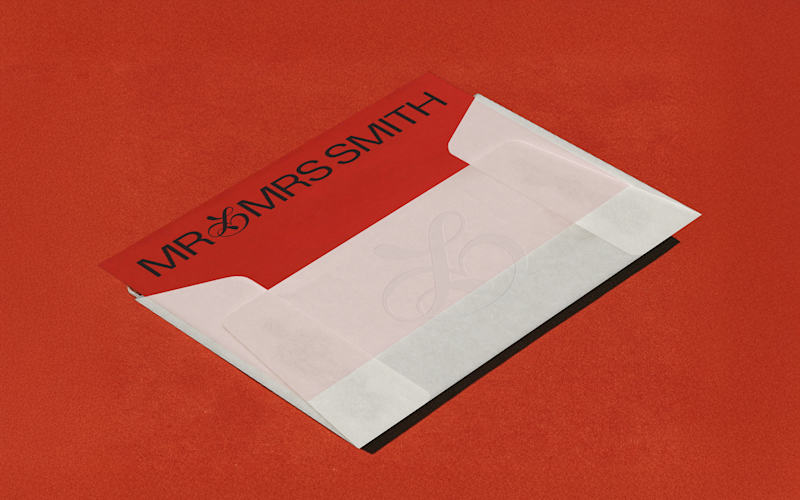Need to know
Rooms
Two houses (one exclusive-use), and a barn with four rooms.
Check–Out
11am, but flexible, subject to availability. Earliest check-in, 2pm.
More details
Rates usually include a breakfast of local sausages and ham, eggs any-way, cereals, fruit, homemade jams and freshly made bread, and coffee and tea. Over Easter and the Festive season guests must stay for four nights or more.
Also
If you’d like to know more about the country’s unique melee of Hungarian, Anglo-Saxon, Armenian, Turkish and Romanian cuisines, chef Robert offers insight in his cookery classes, which make liberal use of local flavours (rhubarb, horseradish, tarragon and garlic).
At the hotel
Acres of land, honesty bar, laundry service, concierge, free WiFi, plug adaptors to borrow. In rooms: Bose speakers, a TV with streaming services and L’Occitane bath products. The Caretaker’s House has a sauna and library too. Plus guests get a goodie bag with a small jar of homemade apricot jam, a cycling cap with the hotel's logo and a Transylvanian travel guide written by historian Lucy Abel Smith.
Our favourite rooms
The Caretaker’s House has a rather apt name as you’ll feel warmly welcomed here and the dream-team staff of Erzsebet, Tatiana and Sorin will make a fuss over you, bringing you welcome drinks and homemade cake, fixing fires and stoves and answering any burning questions you have. The sauna, library and cosy TV room just give this house the edge over the smaller, but no less lovely, Depner House.
Poolside
For those in the Caretakers House, there's a 28sq m heated pool – open between April and October – with loungers and parasols set around the sides.
Spa
Book the Caretaker’s House and you’ll have a handsomely blue-tiled sauna all to yourself, plus fluffy White Company robes to swaddle yourself in afterwards. There’s no set spa area, but on request private yoga and pilates sessions and massages with a local therapist can be booked.
Packing tips
Leave the stakes and holy water; the turreted home of Transylvania’s most infamous resident may not be too far away, but the only fangs you’re likely to see around these parts will be on a wandering bear or lynx in the surrounding forest.
Also
Pets are not allowed.
Children
All ages are welcome, but there are few tailored activities aside from gentle hikes, bike rides, horse-and-carriage jaunts and board games in cottages. The restaurant has highchairs and dishes can be adapted as needed.
Sustainability efforts
The hotel is a living, breathing example of sustainable building and community support. The Bethlen family have worked hard to restore the centuries-old buildings, using local building materials and staying keenly aware of the surrounding wilds, on their estate and in the nearby village of Criş. Late patriarch Count Miklós Bethlen was a pillar of the community, bringing attention to the area’s historic treasures and providing scholarships for residents; and with this ambitious undertaking, the family has plans to continue his work.




